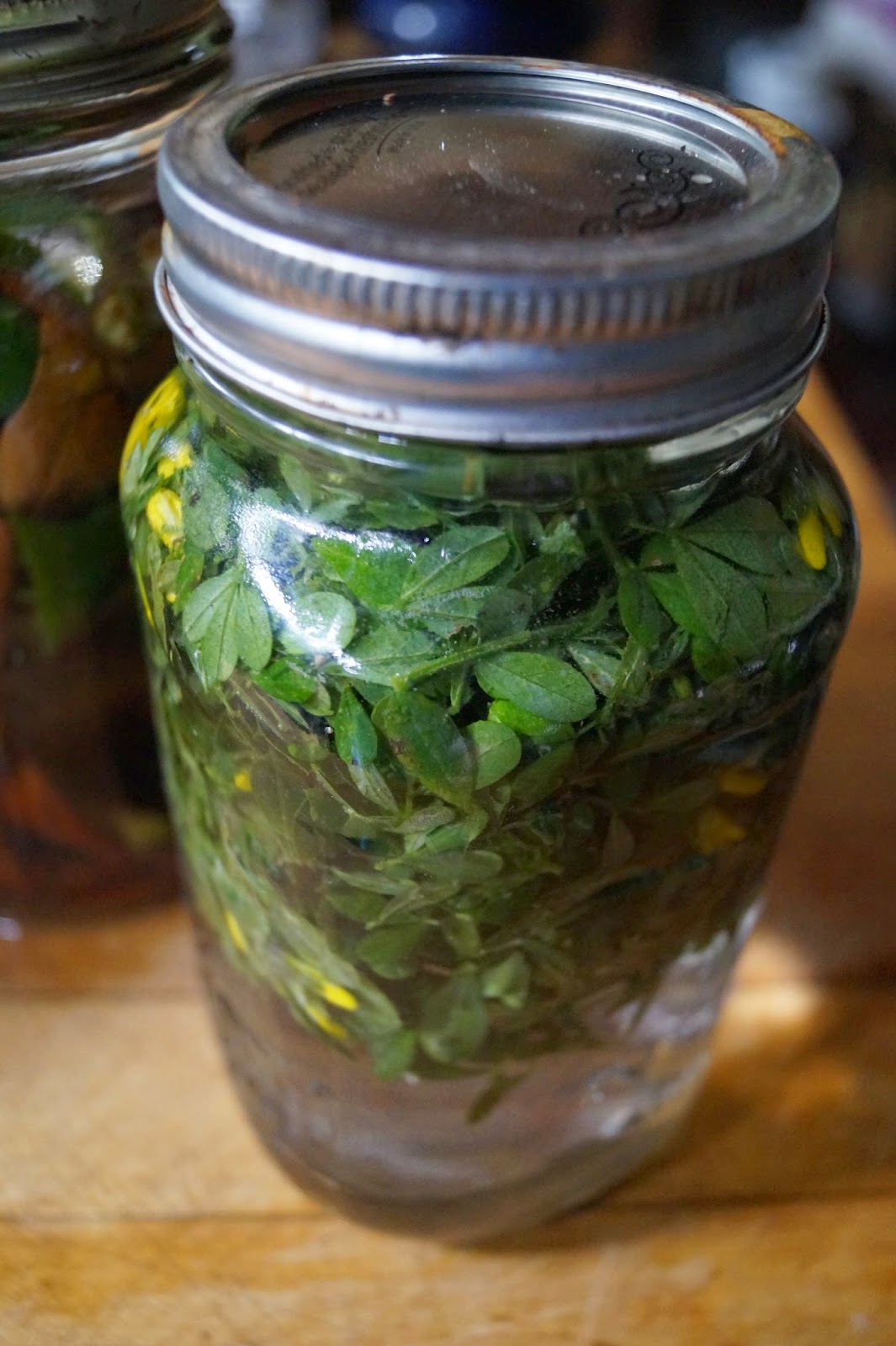I have also added a copy to my blog for preservation purposes http://maggiecam.blogspot.com/2016/08/instructions-for-setting-up-brittany.html
Brittany Looms were made in Placerville, CA in the '70's by the parents of the people who now make Brittany Knitting Needles and Crochet hooks in Elk, CA. I emailed, but have so far gotten no response. It's a long shot. I am writing this blog in case someone else needs help with this loom.
The loom seems to have been missing a few pieces, mostly dowels, which I am trying to replace. A very skinny one is inserted in the rolling heddle while threading and then removed as the warp is placed in the slats, then reinserted to hold the warp in place. Ingenious.
and one from Sarah Frost And the Pilcrow A Machine of wood and string, good warping pictures http://sffiction.blogspot.com/2014/08/a-machine-of-wood-and-string.html
In my research, I read that it is helpful to stand a loom w/o supports on an easel...either a table easel or a table one.
WARPED!
I had the most difficulty because I was complicating things. I didn't need the side pegs that were described in the instructions...probably for a fancier loom. I just tied on to the bottom like the frame looms...I probably need to refine that, but it will work for now.
Threaded through the rolling heddle...that part wasn't as hard as it looked....put threads in alternating slots and reinsert thin dowel to hold in place.
Now on to tension adjusting...for another day.
I am going to try some heading sticks for stability at the bottom of the warp. I went to the hardware store, and they had some nice hardwood ones for approx. $8 each...a lightbulb went off, and I wondered if wooden yardsticks would do the trick...bought 2x at $.89 each. It will be a coup if they work.
Working on the pattern, trying to use a Fibonacci series of 3 color stripes. I may have to tone the white yarn down with a tea bath...no ivory at the yarn shop.
A few rows woven, a few rows taken out....I found out after-the-fact that I should have started the rows with a row of half-hitches on every two warp threads to establish the spacing....things that are required for this...a length of weft yarn 3x the width of the piece, Patience, and Dexterity...the last two are not my strong suits, but it's never to late to learn....Practice is Learning.
Finally warped with stronger blue cotton thread...the white yarn must have been old; it kept breaking. Not a winning solution.
Using silk sari yarn and some hand dyes...small treasure purse project
Lots to learn 💓💓💓💓💓💓




























